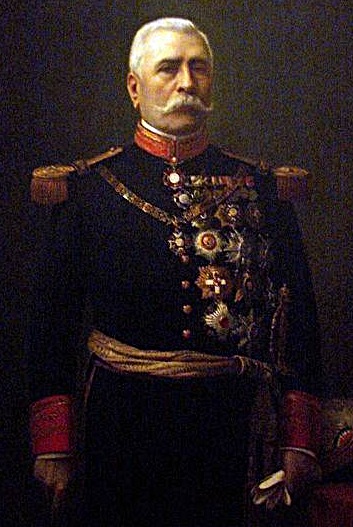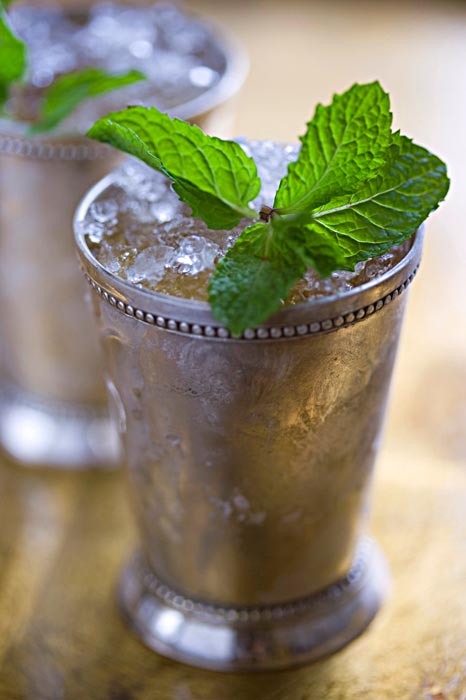 Many Americans are surprised when they learn that a beloved U.S. holiday, the Cinco de Mayo, is rarely celebrated in Mexico.
Many Americans are surprised when they learn that a beloved U.S. holiday, the Cinco de Mayo, is rarely celebrated in Mexico.
This can be a startling awareness as this fifth of May holiday is linked, in a somewhat confusing manner, to two separate events in Mexican history.
First off, the Cinco de Mayo holiday does NOT celebrate Mexico's independence from Spain. That event occurs on the sixteenth of September when the nation remembers Father Miguel Hidalgo who bravely rang his church bell and asked his fellow townspeople to claim their freedom from colonial control. His courage sparked the revolution that finally set Mexico free in 1821.
 The beloved American Cinco de Mayo holiday honors a different event where Mexico once again for her independence from foreign powers. And herein lays an amazing tale of commerce, history, beach songs and creative marketing.
The beloved American Cinco de Mayo holiday honors a different event where Mexico once again for her independence from foreign powers. And herein lays an amazing tale of commerce, history, beach songs and creative marketing.
After Spain lost her hold on Mexico in 1821, many other European powers sought to replace her and control the rich resources of the nation, especially France.
This was supported by many of Mexico’s great landowners, who holding vast colonial land grants, feared change under the new constitution.
 As the powers that be struggled to form a new and more just Mexico, France’s Napoleon III approached a young (and recently unemployed) Austrian Archduke Maximilian and his beautiful (and very talented) wife Carlota, asking if they would like to be the emperor and empress of Mexico.
As the powers that be struggled to form a new and more just Mexico, France’s Napoleon III approached a young (and recently unemployed) Austrian Archduke Maximilian and his beautiful (and very talented) wife Carlota, asking if they would like to be the emperor and empress of Mexico.
There was only one big problem – no one asked the people of Mexico if they wanted an emperor and empress instead of elected officials. When the imposed, though naïve, new rulers arrived on Mexican soil with a supporting army, Mexican troops defended them initially in the Battle of Puebla on, you guessed it, May 5, 1862.
 But France was determined that their expansive new foreign would be a success, including within it the southern American states when the Confederacy hopefully won the Civil War then raging to the north. To protect their plans, vast new numbers of French were sent to occupy Mexico.
But France was determined that their expansive new foreign would be a success, including within it the southern American states when the Confederacy hopefully won the Civil War then raging to the north. To protect their plans, vast new numbers of French were sent to occupy Mexico.
The young Maximilian and his lovely wife believed they could bring enlightenment to Mexico and begin to issue rulings that angered their hard line conservative supporters who thought they would return colonial benefits, not overturn them.
Without their support, Napoleon III saw his dreams of an empire in the New World evaporating and quietly withdrew his supportive troops. The result was Maximilian was executed and beautiful Carlota went mad.
Mexico returned to its internal struggle for freedom and let the years of French occupation fade into history.
 Sadly, freedom does not come easy for any nation whether it is America in the 1700s or Egypt today. There are always those who seek to take advantage of the disorder that change creates. One such individual in Mexican history was Porfirio Diaz, who had fought as a young general at the Battle of Pueblo against the French.
Sadly, freedom does not come easy for any nation whether it is America in the 1700s or Egypt today. There are always those who seek to take advantage of the disorder that change creates. One such individual in Mexican history was Porfirio Diaz, who had fought as a young general at the Battle of Pueblo against the French.
He levered his battlefield fame into a dictatorship that lasted from 1876 to 1911which provided some internal stability but limited political freedoms. Finally when the people could stand the oppression no longer, they rose up in a rebellion against the priviledged and favored that lasted for 10 bloody years.
Because of the violence, many Mexicans immigrated to the United States, especially California. In seeking to express their heritage in a new country that had previously largely ignored its own internal hispanic legacy, they searched for an appropriate holiday.

As they had left Mexico while she was still fighting for freedom against the entitled and endowed, they could hardly select the 16th of September as a day of celebration. Sp why not celebrate the Cinco de Mayo instead?
 And so a California ethnic holiday was created, but not a national one. That would only occur in the 1980s when the Mexican beer company Corona began exporting beer to the U.S. in 1979.
And so a California ethnic holiday was created, but not a national one. That would only occur in the 1980s when the Mexican beer company Corona began exporting beer to the U.S. in 1979.
At first the product was not successful but after conducting marketing focus groups with male college students, they changed their image to embrace the Cinco de Mayo date as a day of fun, not the memory of a battle.
They supported this theme to include tropical Mexican beaches as captured in the songs of their new spokesperson, Jimmy Buffett of “Margaritaville” fame.
And the rest, as they say, is history – an American holiday with a history as rich and varied as the population of America. Hopefully this Cinco de Mayo this wealth of diversity, in both people and cuisine, will be remembered and honored by all as a treasure and never a libility.

Your Culinary World copyright Ana Kinkaid/Peter Schlagel 2012
















